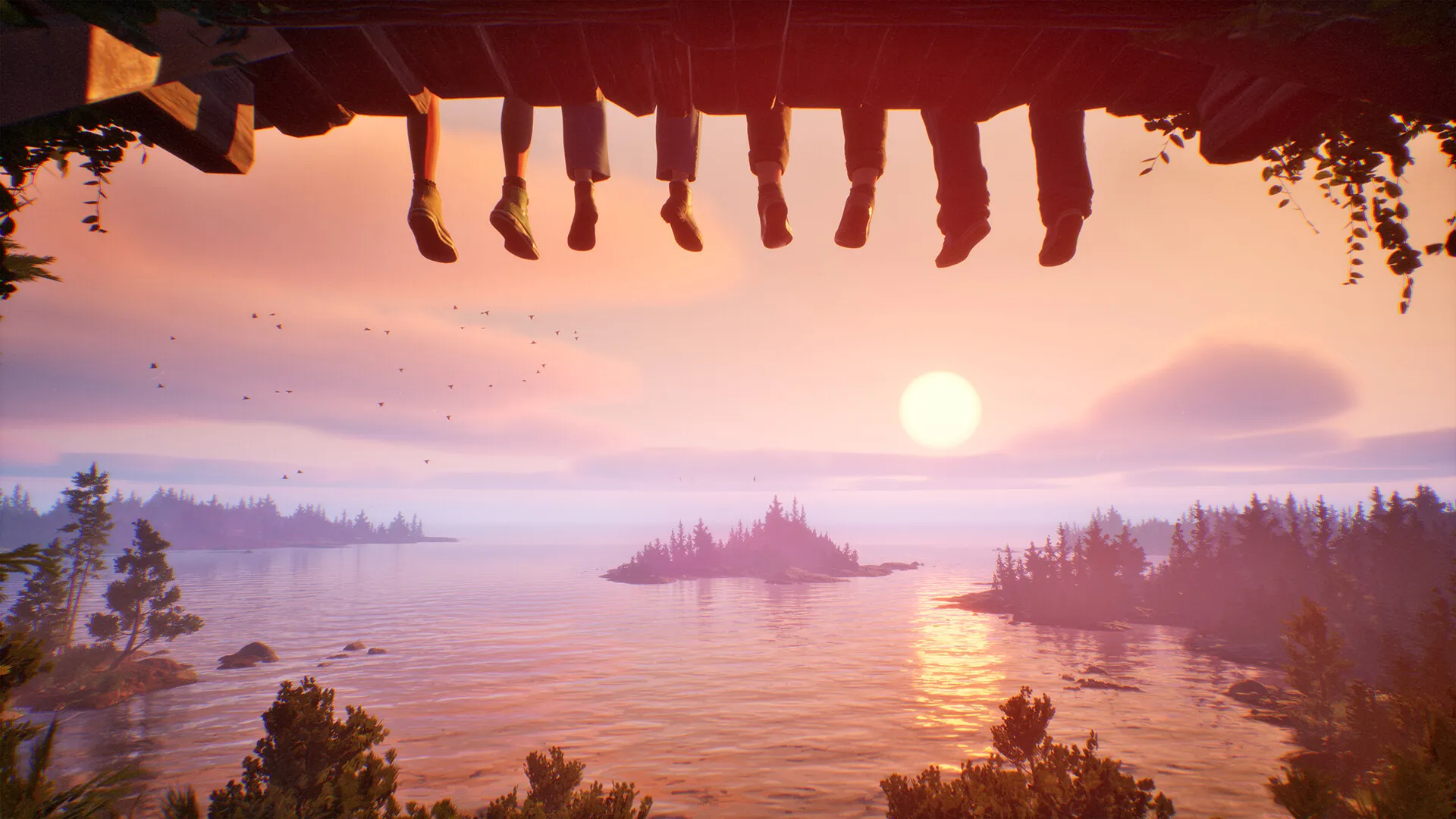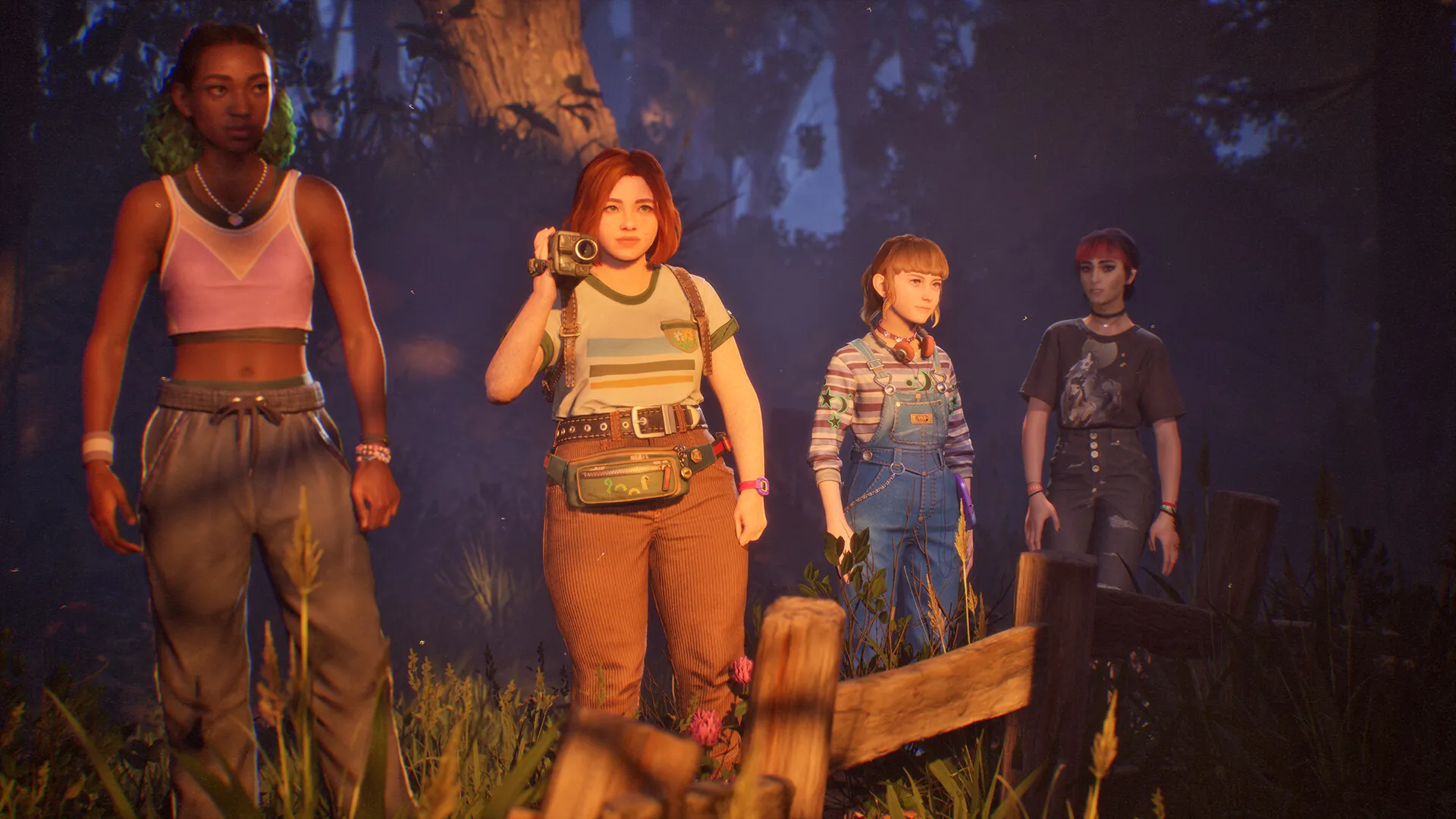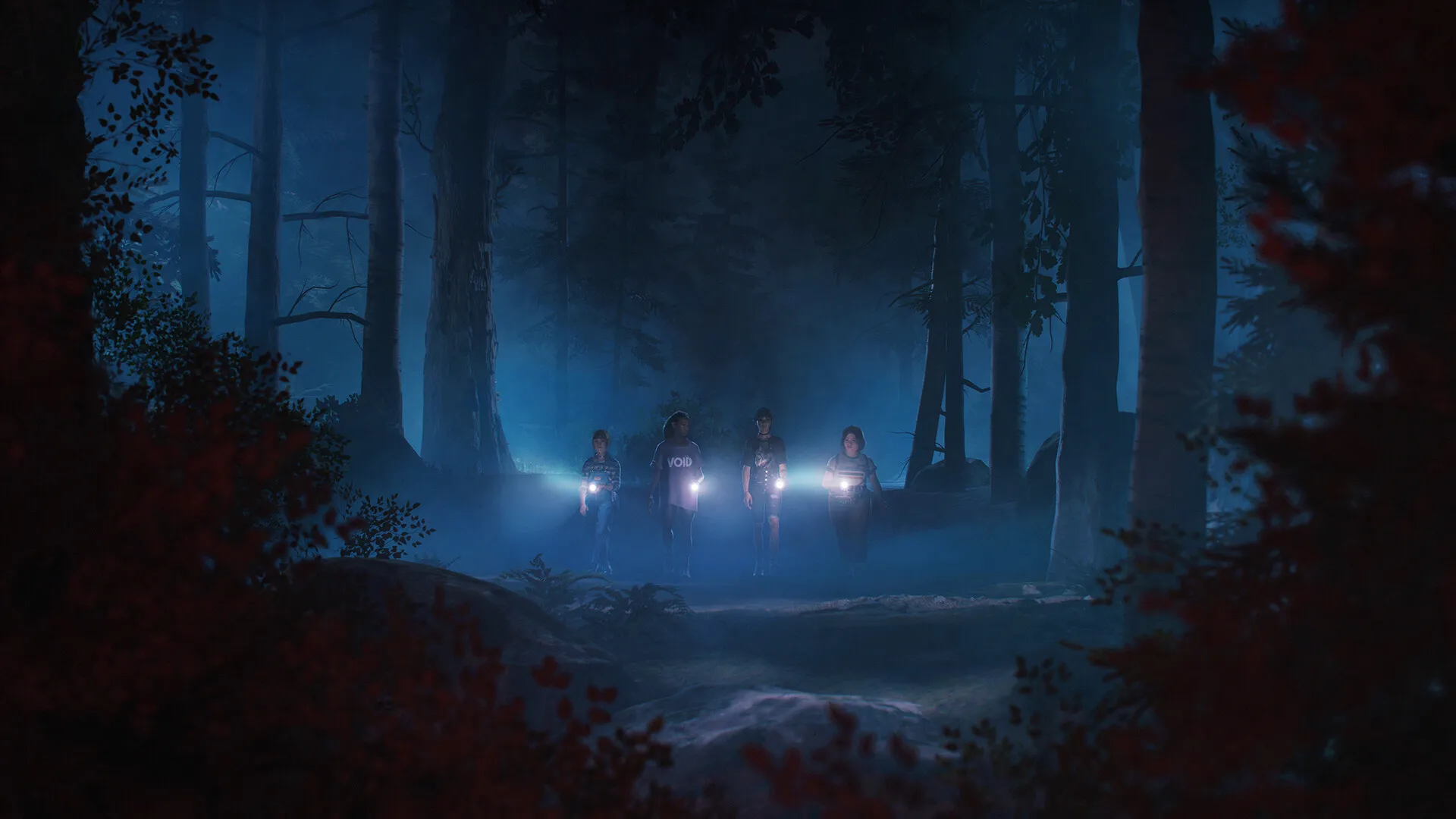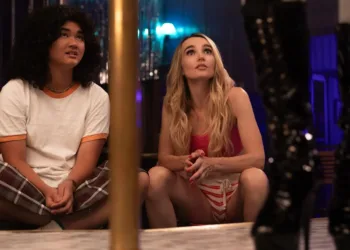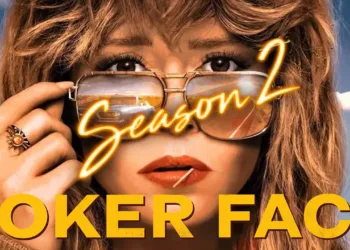The narrative structure of Lost Records: Bloom & Rage uses alternating timelines from 1995 and 2022 to create compelling storytelling tension.
The shifts between past and present reveal a nuanced exploration of memory, contrasting youthful energy with adult perspectives. This approach adds emotional complexity to the story, as each nostalgic moment carries subtle undertones of impending change.
The game investigates themes of companionship, personal growth, and transformation, with Swann’s camcorder serving as a memory preservation device. Emotional resonance emerges through Swann’s intense connection to past experiences. The narrative sometimes moves slowly, potentially challenging player engagement before the final plot twist.
The Heart of Lost Records: Bloom & Rage: A Closer Look at Character Development
Swann Holloway emerges as a protagonist defined by her passion for filmmaking. Her camcorder becomes a symbol of memory preservation, capturing ephemeral moments before they disappear.
Swann’s introspective and sometimes uncomfortable personality rings true, with her vulnerability exposed through interactions with friends and her own uncertain future. Her memory-capturing obsession creates emotional depth that feels genuine while exploring her experiences across different time periods.
The supporting characters enrich the narrative. Autumn, Kat, and Nora contribute unique elements to the group’s dynamic. Their individual personalities and personal challenges create the story’s foundation. Autumn’s lightheartedness balances Kat’s intense emotional state, while Nora’s rebellious spirit completes their friendship.
Relationships transform as Swann reconnects with her friends in 2022. Subtle romantic possibilities emerge without overshadowing the core exploration of friendship and personal growth.
Dialogue presents a complex texture—sometimes heartfelt, occasionally awkward. This approach produces mixed results. Characters feel more authentic through their imperfect communication, yet some exchanges risk interrupting the narrative’s emotional momentum. The story’s strength lies in these interpersonal dynamics, though occasional communication missteps may challenge player engagement.
The Mechanics of Memory: How Lost Records Plays with Time and Storytelling
Swann’s camcorder emerges as a distinctive gameplay element in Lost Records: Bloom & Rage. Players interact with the world by recording seemingly ordinary moments—a forest squirrel or a quiet conversation—transforming these snippets into Swann’s personal memories.
Recording becomes a metaphorical exploration of youth’s transient experiences, inviting players into Swann’s emotional landscape. This mechanic connects players intimately with Swann’s character, revealing her deep emotional world through visual preservation.
Dialogue-driven player choices subtly shape character relationships. Unlike more expansive narrative games, Lost Records offers limited interaction. Conversation selections create emotional shifts, influencing character connections and story progression. Small decisions generate nuanced changes in interpersonal dynamics.
Environmental exploration and light puzzles complement the storytelling. Players investigate Velvet Cove across two time periods, uncovering small details that enrich the world. Quiet moments of observation through the camcorder lens create the most meaningful interactions, allowing deeper understanding of the characters’ experiences.
A Place Frozen in Time: The Setting and Atmosphere of Lost Records: Bloom & Rage
Velvet Cove emerges as a living entity in Lost Records: Bloom & Rage. The game meticulously crafts a 1990s environment, brimming with authentic details. Video cassette players, off-brand electronic pets, and period-specific music create a rich sensory landscape.
Cultural artifacts recreate the decade’s spirit, though occasional references risk feeling contrived. The developers sometimes prioritize nostalgia over genuine emotional depth.
Temporal shifts between 1995 and 2022 reveal profound emotional terrain. Visual transformations powerfully communicate the characters’ journey. Faded colors in later scenes contrast sharply with the vibrant earlier moments, expressing time’s impact.
Muted tones in 2022 sequences communicate loss and transformation. Velvet Cove becomes a physical manifestation of memory—a space where past and present intersect, capturing the characters’ internal emotional landscapes.
The Fractured Experience: Lost Records and Its Technical Hiccups
Lost Records: Bloom & Rage struggles with significant technical challenges that interrupt its storytelling. System crashes and unexpected freezes force players to restart, breaking the emotional connection.
Texture rendering and inconsistent screen performance weaken the visual experience. Players encounter jarring moments that disconnect them from the game’s carefully constructed world.
Animation and character movement present additional problems. Characters display awkward transitions between scenes, with unexpected body positions disrupting dialogue sequences. Lip-syncing errors create visual dissonance—character speech patterns appear disconnected from emotional context.
Sound design introduces further complications. Audio distortions muddle character voices, creating an uneven listening experience. Dialogue sequences sometimes overlap, fragmenting the narrative flow. Technical shortcomings threaten to overshadow the game’s emotional core, creating a disjointed player experience that interrupts the intended storytelling impact.
The Sound and Look of Lost Records: Crafting Emotion Through Audio and Visual Design
Lost Records: Bloom & Rage’s soundtrack creates an intriguing musical landscape. The music blends dreamy alt-rock tunes with subtle ’90s influences, generating a complex emotional texture.
Musical selections lean toward contemporary indie sensibilities rather than strict period authenticity. This approach generates a nuanced emotional backdrop that transcends direct genre recreation.
Voice performances shine with remarkable depth. Olivia Lepore, Amelia Sarigisson, Andrea Carter, and Natalie Liconti craft characters rich with emotional complexity. Their interpretations capture intimate friendship dynamics, breathing life into Swann and her companions. Character interactions pulse with raw emotional energy.
Visual storytelling skillfully represents two distinct time periods. Analog filters and carefully designed environments recreate 1995’s sensory experience. Cluttered bedrooms and sun-warmed landscapes communicate generational memories. Present-day scenes use muted color palettes, highlighting character transformations. Thoughtful visual design communicates emotional shifts between youth and adulthood.
Tape 1: A Fragile Beginning, But Hope for What’s Next
Lost Records: Bloom & Rage Tape 1 presents a narrative rich with emotional complexity. Character relationships and underlying mysteries create an engaging experience.
Dual timelines explore friendship and memory through an intimate lens. The camcorder interaction method allows players to connect with the game’s world in unique ways.
Technical challenges and narrative pacing interrupt the storytelling flow. Player interaction feels constrained within the game’s design. Character development and emotional depth emerge as primary strengths. Unresolved plot elements generate anticipation for subsequent story segments.
The game speaks most powerfully through its character interactions and subtle emotional landscapes. Players seeking deep storytelling will find compelling threads waiting to be explored.
The Review
Lost Records: Bloom & Rage
Lost Records: Bloom & Rage Tape 1 offers a deeply emotional journey with strong character development and an intriguing narrative, but its technical issues and slow pacing detract from its full potential. The camcorder mechanic is a standout, enhancing the immersive experience, though limited player agency may frustrate those seeking more interactive depth. While the game’s uneven pacing and glitches can disrupt the flow, the foundation laid here has promise. With Tape 2 on the horizon, Lost Records remains a worthwhile experience for those who prioritize story and character over flawless execution.
PROS
- Strong character development and emotional depth.
- Unique camcorder mechanic enhances immersion and narrative.
- Nostalgic '90s setting and atmosphere.
CONS
- Frequent technical issues (crashes, glitches, texture pop-ins).
- Slow pacing and lack of immediate payoff in the narrative.
- Limited player agency and interaction compared to other narrative-driven games.










































